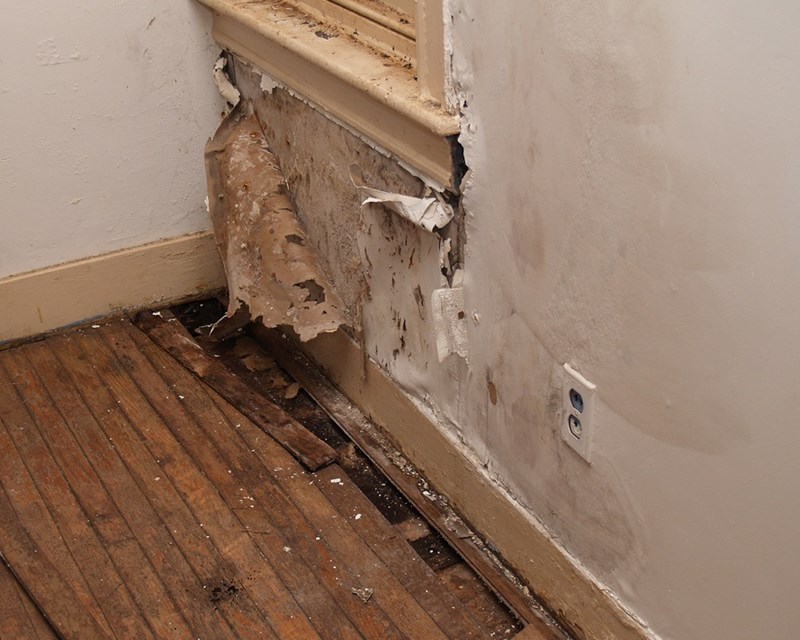They are making several great annotation relating to Looking for Signs of Water Damage in the Bathroom in general in this article down below.

The washroom is incredibly susceptible for damp build-up and potential water damage due to the frequent use of water in it. This article offers simple inspection strategies to aid identifying water damages threats.
The constant use water in the shower room makes it very prone for moist accumulation and possible water damages. By evaluating it consistently, you can lower water associated damages.
The complying with set of examinations is simple to carry out and need to be done as soon as in every 3 months in order to keep your restroom healthy as well as to avoid potential water damages caused by the bathtub, the shower, pipeline joints and also plumbing, sinks, cupboards, as well as the bathroom
Do not overlook performing these inspections and be thorough while executing them. Remember that these easy evaluations can save you a great deal of cash by supplying early indications for water damages
Tub as well as Shower
The shower and bath tub need special focus as well as maintenance. Inspect the tiles and also change if cracked. Make certain that there is no missing cement between the tiles. Evaluate as well as change split caulking at joints where the walls satisfy the floor or the tub. Clogged drains pipes and pipelines issues will certainly stop the bathtub from drying out and might indicate significant problems under the tub. Seek advice from an expert immediately to avoid architectural damage. Take notice of discolorations or soft locations around the bathtub wall surfaces as they may suggest an internal leakage.
Plumbing
Signs for water damages are difficult to identify because a lot of pipes are set up inside the walls.
Pay unique attention to floor covering and walls dampness and spots as they might indicate an undetectable plumbing problem. Inspect dampness levels in adjoining areas as well.
Sinks as well as Cabinets
Sinks and also cabinets are subjected to dampness and humidity everyday and also are frequently ignored. Evaluate routinely under the sink as well as on the kitchen counter above it. Repair any kind of drip in the catch as it may suggest drainpipe troubles. Take a look around the sink, sluggish draining pipelines might indicate a blocked drainpipe. Change sink seals if they are cracked or loose.
The Bathroom
The bathroom is an at risk water joint. Check the water lines and also search for leaks around the bathroom seat, in the pipe, and also under the water container. If you detect any type of indications of dampness on the flooring around the commode, check for leaks in the toilet rim as well as storage tank seals.
Know that hanging bathroom dish antiperspirants raises the chances for clogs.
TIPS TO PREVENT WATER DAMAGE IN THE BATHROOM
The average household uses approximately 80-100 gallons of water per person per day. For a family of 4, that's almost 2,500 gallons of water a week! The largest portion of this consumption comes from bathroom use. Flushing the toilet uses the most water, followed by taking a shower or bath. With that much water running through the home, water damage in the bathroom is bound to happen. Knowing how to spot signs of a water leak is essential to preventing long-term damage. This guide provides you with tips to reduce the impact of water damage on your bathroom.
CAUSES OF BATHROOM WATER DAMAGE
Pipe breaks are the most common cause of water damage we see in our daily jobs. The age of a pipe plays a large role in a pipe break as well as corrosion. Over time, the metal begins to break down, allowing water to escape. Frozen pipe breaks are also a concern in the winter months. Toilet overflows caused by paper products or children flushing inappropriate items. Degraded caulking around the toilet or bathtub can allow water seepage, sometimes behind the fixture, into the subfloor or walls. Condensation forms when the water in a pipe is cooler than the air temperature. Beads of water form on the exterior of the pipes, sometimes so much so that the water begins to drip and pool below. Sink or shower backups created by poor drainage. HOW TO PREVENT WATER DAMAGE IN YOUR BATHROOM
Inspect your toilet supply line for worn or frayed hoses and replace them as needed. Winterize your plumbing to prevent a frozen pipe break. Use vent fans to prevent condensation that can lead to mold growth. Routinely check and replace degraded caulking around your toilet or bathtub. Increase the temperature in your toilet tank and insulate your pipes during the warm summer months to keep condensation from forming. Use child safety locks on the toilets. Flush only toilet paper. "Flushable" wet wipes are actually not good for your plumbing system. Additionally, feminine hygiene products should not be flushed. Prevent water from escaping the tub or shower. Make sure shower curtains are in good condition. Inspect shower doors and replace the seal strip if necessary. Wipe up any water that accumulates on the floor and use bath mats. Water left to sit can cause damage to the tiles and flooring. Refrain from using bath products containing heavy oils to avoid a clogged drain.

As a fervent person who reads on Preventing Water Damage in the Bathroom, I think sharing that piece of content was beneficial. Sharing is nice. You never know, you will be doing someone a favor. I enjoy reading our article about How to Fix a Water Damage Bathroom.
Go Deal Now